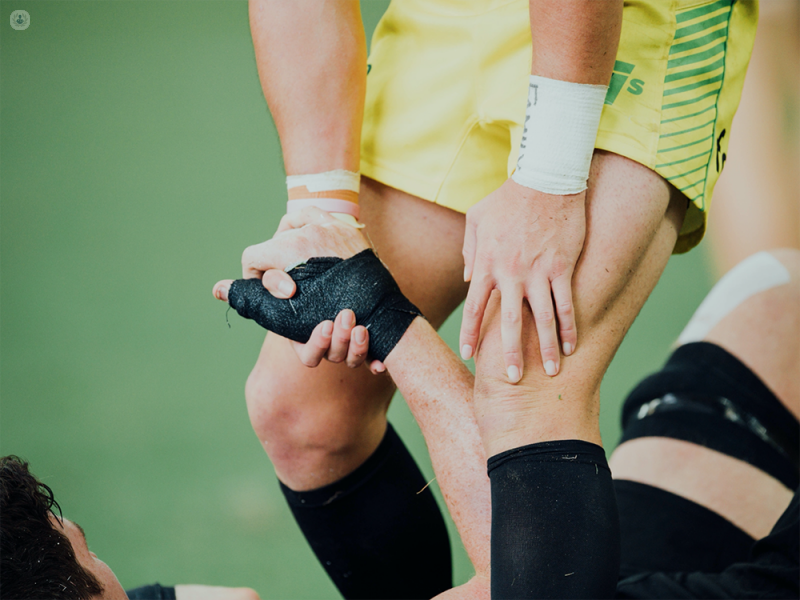Cartilage repair how preserve damaged cartilage
Escrito por:It is difficult to prevent cartilage deterioration as many activities put patients at increased risk of either developing a chondral lesion (cartilage defect) or worsening an existing chondral lesion. Some examples of these activities include running long distances regularly on hard surfaces, contact sports, deep squats and burpees.
We spoke to Mr Amer Khan, a renowned consultant orthopaedic surgeon based in London, who explained to us some of the most effective preventative treatments available and which surgical treatments can be used to help prevent cartilage deterioration.

Which techniques do you use in diagnosing cartilage problems?
To diagnose cartilage problems, we use a 3-T MRI scan, often with cartilage mapping techniques that allow us to determine and quantify chondral (cartilage) defects more precisely. The 3-T MRI scanner produces high-resolution quality images that enable the surgeon to see what is going on inside the knee more accurately and plan treatment effectively.
Can cartilage ever repair itself?
There are different types of cartilage and to repair and heal naturally, it requires a blood supply. Articular cartilage, however, does not have a blood supply, therefore it is avascular. It forms the shiny surfaces in the knee joint that coats the end of the thigh bone (femur), top of the shin bone (tibia) and back of the knee cap (patella). It does not heal naturally when injured, however, if the underlying bone is also injured then the body produces substitute cartilage, known as fibrocartilage, which does not have the same characteristics as the original cartilage.
Similarly, the meniscus (load distributer within the knee) does not heal when torn because, with the exception of the peripheral (outside) margin of the meniscus, it is also avascular. The difference with the meniscus is the body does not produce any type of substitute if it is injured.
What are some effective non-surgical cartilage preservation treatments?
Firstly, it is important to avoid injury to the cartilage as once injured, a chondral lesion will either remain or become larger. The latter may occur with excessive and repetitive load and torsion, and it may be exacerbated by the presence of underlying joint instability.
What surgical procedures can be used and how do they work?
Bone marrow stimulation is a well known and accepted surgical treatment for cartilage defects. A technique I use is known as microfracture chondroplasty, which relies on creating bone channels that allow blood and marrow to enter the lesion, collect, form a clot with natural healing factors and ultimately a fibrocartilage cap over the lesion.
There are also more sophisticated techniques that involve a wide spectrum of scaffolds and membranes, which may be synthetic (animal/human-derived) in combination with biological stimulating factors and cells to replace the cartilage defect.
Are all cartilage problems the same?
No, all cartilage defects vary according to their width, length and depth. There are multiple detailed grading systems used for radiological (MRI) and arthroscopic (keyhole surgery) assessment of these defects and the treatment is dictated by the patient’s symptoms, signs, grading of the defect and their lifestyle, which includes their expectations.
Mr Amer Khan practices in several private centres across London. To make an appointment with him, visit his Top Doctors profile and check his availability.


